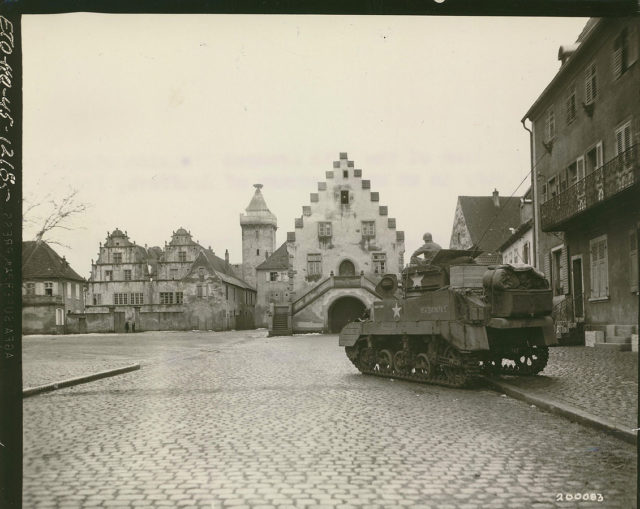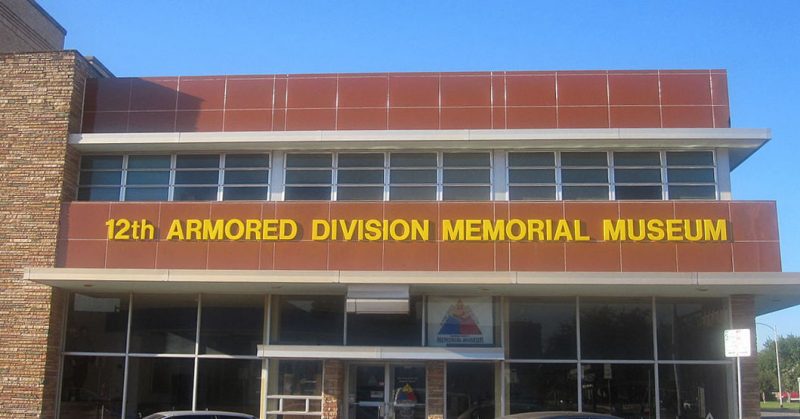The path to the 15th anniversary of the 12th Armored Division Memorial Museum is what William Lenches calls “a long, strange trip.”
Lenches is the curator and executive director of the museum which opened on October 5, 2001. He said he is pleased with the success of the museum.
“I started here as a volunteer while I was still on active duty at Dyess,” said Lenches. “I thank God for the opportunity to do the work we’ve done, and look forward to 15 more years and beyond.”
Lenches retired from the Air Force in 2008 in order to take over as curator for the facility.
The 12th Armored Division was activated for World War II. It was deactivated when the war ended.
The museum houses documents and artifacts concerning the 12th Armored Division. It also facilitates studying World War II and the impact it had on Americans.

“Through the efforts of the museum board member, Dale Cartee and a grant he was able to secure, we’ve also been able to offer distance learning to schoolchildren all over the world,” Lenches said. “This kind of outreach is invaluable in expanding academic access to them, as well as to veterans and their families.”
Lena Duncan visited the museum for the first time on Wednesday. She served in World War II as a Navy telecommunications specialist in Washington, D.C. She said that she was impressed.
“This is a beautiful place and should be done everywhere in the country,” said Duncan. “Children need to be taught about our history, and places like this can do that.”
She loved seeing the uniforms and the other artifacts. It all brought back memories. Abilene Reporter-News reported.
The museum is run by volunteers that do most of the work to keep the facility going.
Lenches said that the volunteers are “the backbone of this place.”
He also described the most unusual item owned by the museum. It’s a small ceramic piece with a shape of a teardrop, and a hole in one end.
“It is a chain pull from the commode in Hitler’s Eagle’s Nest in Berchtesgaden, Germany,” he said. This chain is always locked up in the vault, except for special occasions, when its being showed during tours and private meetings.
